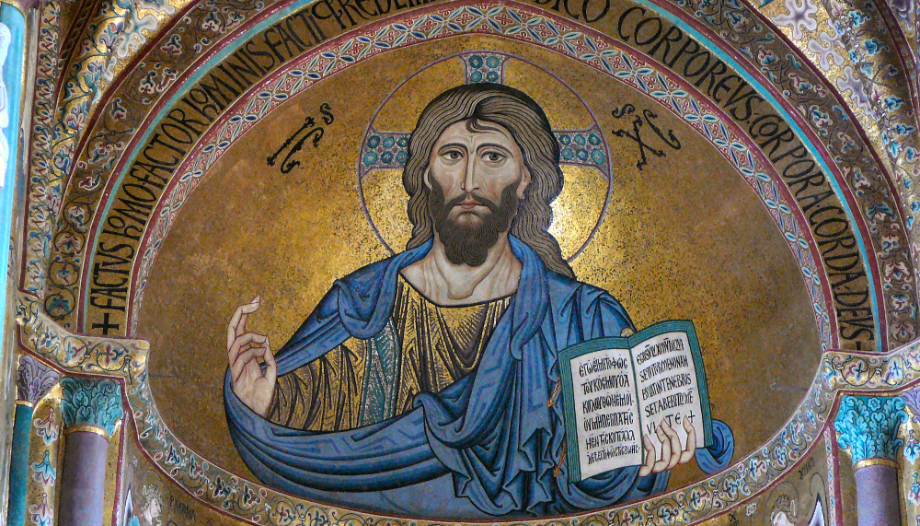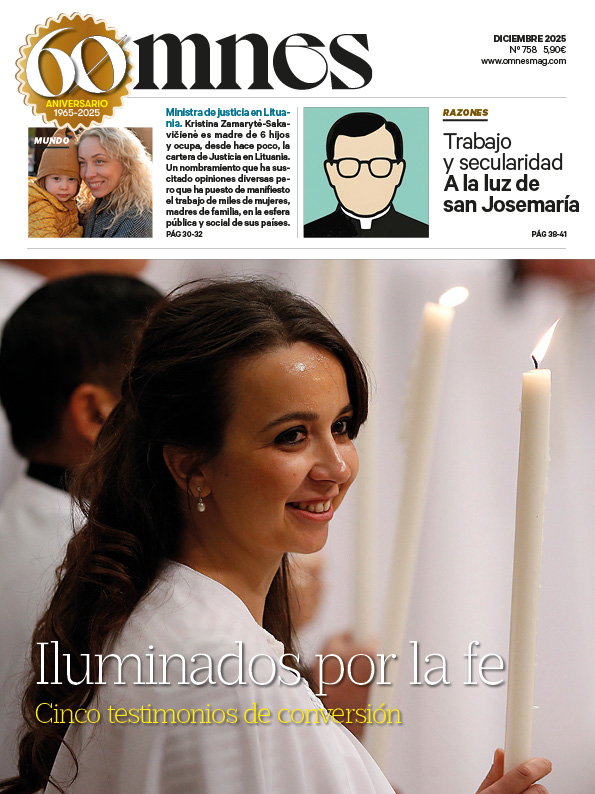Before briefly illustrating what we know so far about the four canonical Gospels, let us read the beautiful words of St. Francis de Sales, Doctor of the Church, in reference to the importance of the word "gospel" and of the oral tradition and preaching for the transmission of the faith (we already spoke about it in previous article on catechesis):
All Christian doctrine is itself Tradition. For the author of Christian doctrine is Christ Our Lord himself, who wrote only a few characters while he was remitting sins to the adulterous woman. [A fortiori, Christ did not command to write. That is why he did not call his doctrine "Eugraphy", but the Gospel, and this doctrine he commanded to be transmitted above all by preaching, for he never said: write the Gospel to every creature; he said instead: preach it. Faith, therefore, does not come from reading, but from hearing.
In the previous article we mentioned some scholars who propose to bring forward the "official" dating of the composition of the Gospels. According to most experts, in fact, these writings would date from the second half of the first century, that is, in any case, when many of the eyewitnesses of the events narrated were still alive. However, they would be based on even older sources, such as the so-called source Q (from German quelle(the "source"), from which Luke and Matthew are said to have drawn much of their information and which several scholars identify with an earlier draft of Mark, and the "source", "source"), from which Luke and Matthew are said to have drawn much of their information. lógia kyriaká (sayings about the Lord).
The synoptic gospels
They are so called because they tell many stories about Jesus in almost the same words. In fact, they could be read in many parts at a glance (synopses), both in Greek and in translations into common languages. One often wonders in what language they were written.
Jean Carmignac (1914-1986), a French Catholic priest and biblical scholar, was a great exegete and translator of the Dead Sea Scrolls, of whose language he was one of the world's leading experts. Thanks to his knowledge of the subject, Carmignac realized that the Greek of these Gospels was strikingly similar to the type of Hebrew used in the Qumran scrolls (until 1947, it was believed that the Hebrew language in Palestine had died out at the time of Jesus, while the discovery of hundreds of manuscripts in the caves around the Dead Sea confirmed instead that Hebrew was still in use, at least as a "cultured" language, until the end of the Third Jewish War, in 135 AD).C.).
On the basis of an in-depth linguistic study of these Gospels over a period of twenty years, he became a defender of their original wording in Hebrew, and not in the Greek in which they have come down to us, but also of their dating to around 50. The birth of the synoptic Gospels.
Marcos
It is the oldest Gospel (between 45 and 65 A.D.). It would be the basis of the triple synoptic tradition. According to scholars, it would derive from the preaching of Peter himself, in Palestine but especially in Rome. Jean Carmignac believes that this Gospel was written, or dictated, by Peter himself, in Hebrew (or Aramaic) around the year 42, and that it was then translated into Greek (as Papias of Hierapolis writes in his work Exegesis of the Lògia Kyriakà) by Marcos, hermeneuta (interpreter) of Peter, around the year 45 (as J. W. Wenham also maintains) or, at the most, 55.
In fact, in the Exegesis of the Lògia kiriakàof which Eusebius of Caesarea quotes fragments in the Ecclesiastical History (Book III, ch. 39), Papias writes:
Marcos, who was the hermeneuta [interpreter] of Peter, he wrote down exactly, though in no order, all that he remembered of what the Lord had said or done. For he had neither heard nor accompanied the Lord, but later, as I have already said, he accompanied Peter.
We have similar reports from Clement of Alexandria, Origen, Irenaeus of Lyons and Eusebius of Caesarea himself.
Matthew
This Gospel would have been written around 70 or 80 A.D., the result of a compilation of discourses in Hebrew or Aramaic (lògia), collected and used by the apostle Matthew between 33 and 42 A.D. in the course of his evangelizing activities among the Jews of Palestine (source Q also used by Luke).
This information is confirmed by Papias: "Matthew, therefore, collected the lògias in the Hebrew language, and each hermeneuta [he translated them] as best he could". Irenaeus of Lyons (a disciple of Polycarp of Smyrna, himself a disciple of the evangelist John) also wrote in 180 A.D. (in Against heresies).
Matthew published his Gospel writing for the Jews in his mother tongue, while Peter and Paul preached in Rome and founded the Church; after his death, Mark, disciple and translator of Peter, also transmitted to us in writing the preaching of Peter; Luke, companion of Paul, put in writing what the latter preached.
Similar ancient testimonies come to us through Pantene, Origen, Eusebius of Caesarea. According to Carmignac, the Gospel of Matthew dates back to the year 50.
Lucas
Also this Gospel, according to many scholars, would have been written around the 70s or 80s. There is a general opinion that the Gospel of Luke would be the most faithfully compiled, from the historical point of view, and would be based on the source of the Gospel. Q (also used by Matthew and constituted, in the opinion of several historians and biblical scholars, the oldest version of the Gospel of Mark), completed with personal research carried out in the field (as the author himself states in the Prologue).
Carmignac believes that Luke's edition dates from 58-60, if not shortly after 50 (hypothesis supported by Wenham and others).
John
It is the only non-synoptic Gospel, long considered the least "historical", until a careful study of it revealed that it is, instead, from the geographical and chronological point of view, an even more accurate document than the previous Gospels (in fact, it intervenes to clarify what was or was not narrated by the others).
The rich and precise terminology and the clear and unequivocal topographical, chronological and historical information have made it possible, among other things, to reconstruct in detail the number of years of Jesus' preaching, to date the events of the Passover in a more precise calendar and to discover archaeological finds subsequently identified with the places described by John (Pilate's praetorium, the probationary pool, etc.). It dates, for many, to the years 90-100 AD. Carmignac, Wenham and others, however, place it shortly after 60.
Finally, it should be noted that the oldest fragment of the canonical New Testament corresponds precisely to one of the Gospels, that of John, and is Papyrus 52, also known as Rylands 457, found in Egypt in 1920 and dated between the second and third centuries AD.
From a historical point of view, the proximity between the edition of the work itself (as we have written, between 60 and 100 A.D.) and the earliest written record found of it is amazingThe oldest manuscript of the Iliad that has been found dates back to 800 A.D., while it is believed that the work itself was probably written around 800 B.C.!








